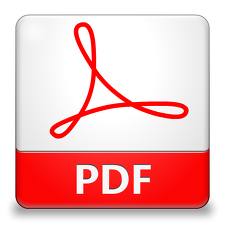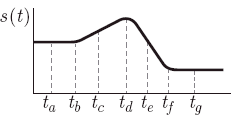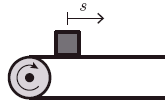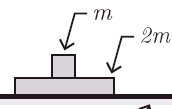Elements of Newton’s 2nd Law
List of Links
- Forces
- Mass (It’s not the same as weight)
- Mass (It’s Inertia)
- Qualitative Problems
- Analytical Problem Solving
Newton’s Second Law
Now that we have the fundamentals of calculus, position, velocity and acceleration in place, it’s time to start putting forces and mass into the equation. Newton’s Second Law states that the sum of all forces acting on a particle produce an acceleration inversely proportional to its mass, \( m \).
$$\sum_j \vec F_j = m \vec a. $$
On this page we talk about force and mass in effort to complete the picture. Then we start thinking about the consequences of Newton’s Second Law.
Forces
 Simply put, forces are things that push or pull on an object. Usually, forces on an object come from direct contact with other objects. If it’s not a push or pull, it’s not a force. It’s not uncommon for novice dynamics students to velocities or momenta on a free body diagram, a place reserved only for forces. In the attached document, I discuss the most common types of forces we encounter in this class: gravity, springs, friction, and normal forces. Pay close attention to the difference between static and kinetic friction, these can be tricky.
Simply put, forces are things that push or pull on an object. Usually, forces on an object come from direct contact with other objects. If it’s not a push or pull, it’s not a force. It’s not uncommon for novice dynamics students to velocities or momenta on a free body diagram, a place reserved only for forces. In the attached document, I discuss the most common types of forces we encounter in this class: gravity, springs, friction, and normal forces. Pay close attention to the difference between static and kinetic friction, these can be tricky.
Mass (It’s not the same as weight)
What is mass? This is a question that trips up a lot of students. First of all, mass is NOT weight. In this video, we define mass and distinguish it from weight. (Here is a direct link to the video, if you prefer.)
Mass (It provides inertia)
In dynamics problems, the mass of an objects provides inertial. I explain in this video. (Here is a direct link to the video on You Tube if you prefer.)
Qualitative Problems
Basic Plotting (Coming soon)
Analytical Problem Solving







